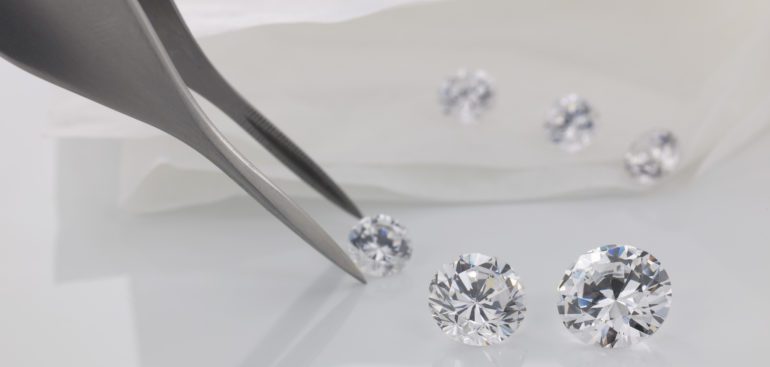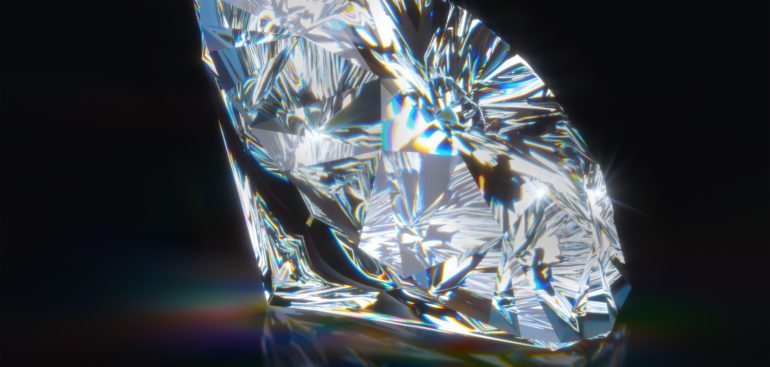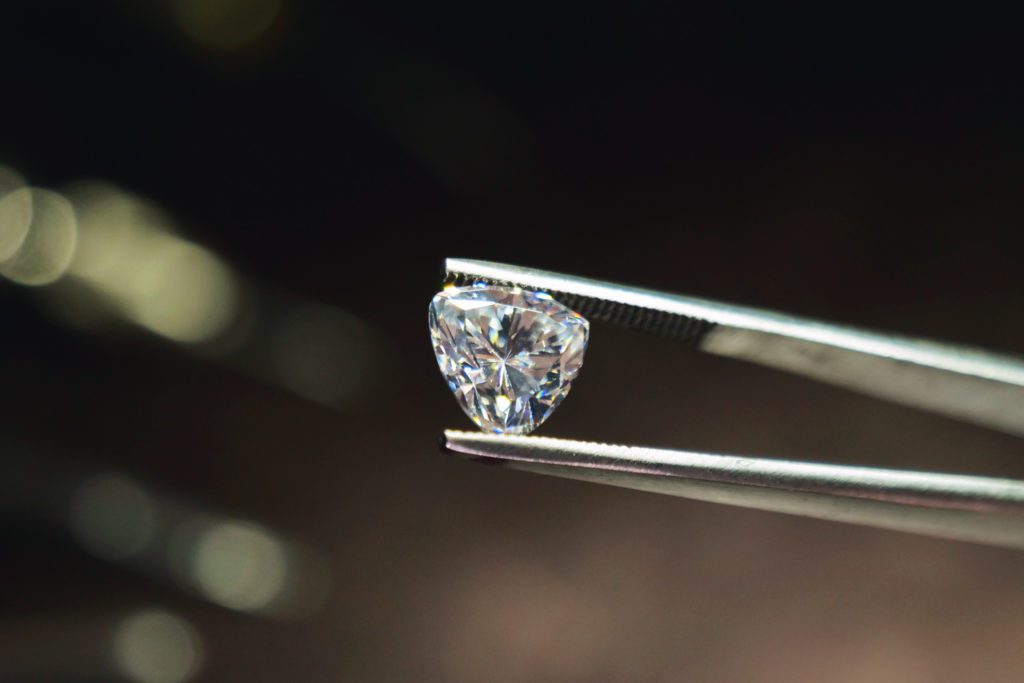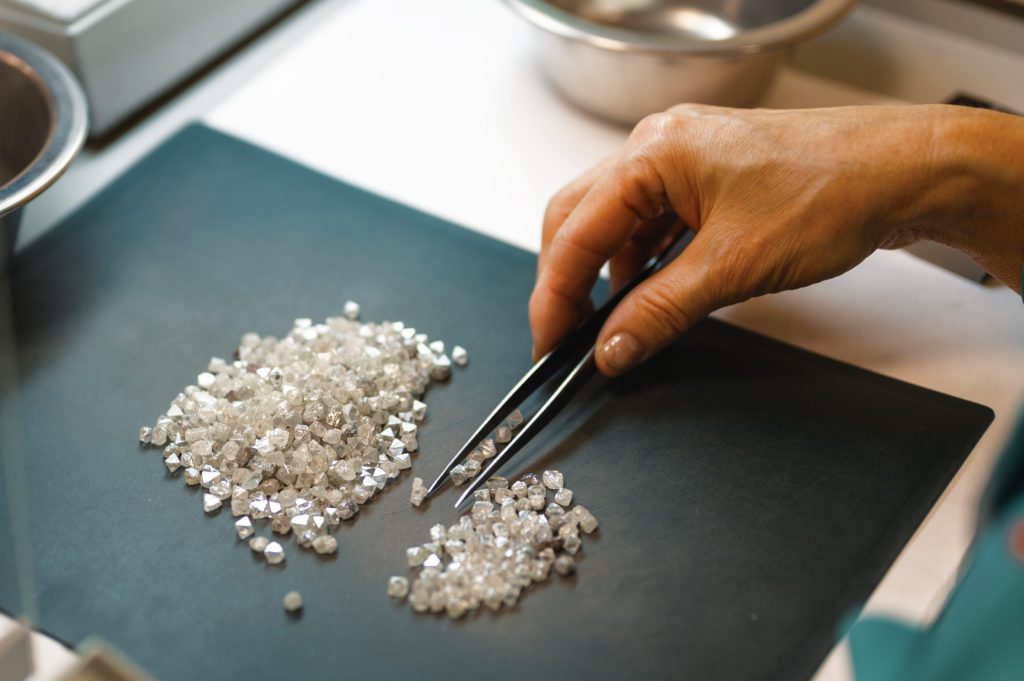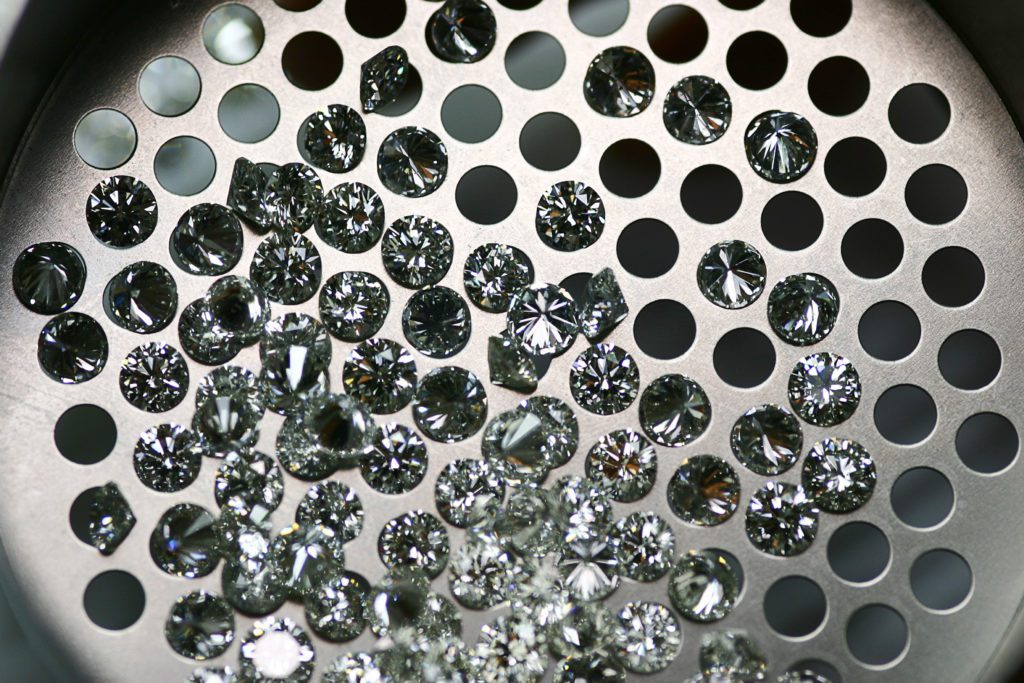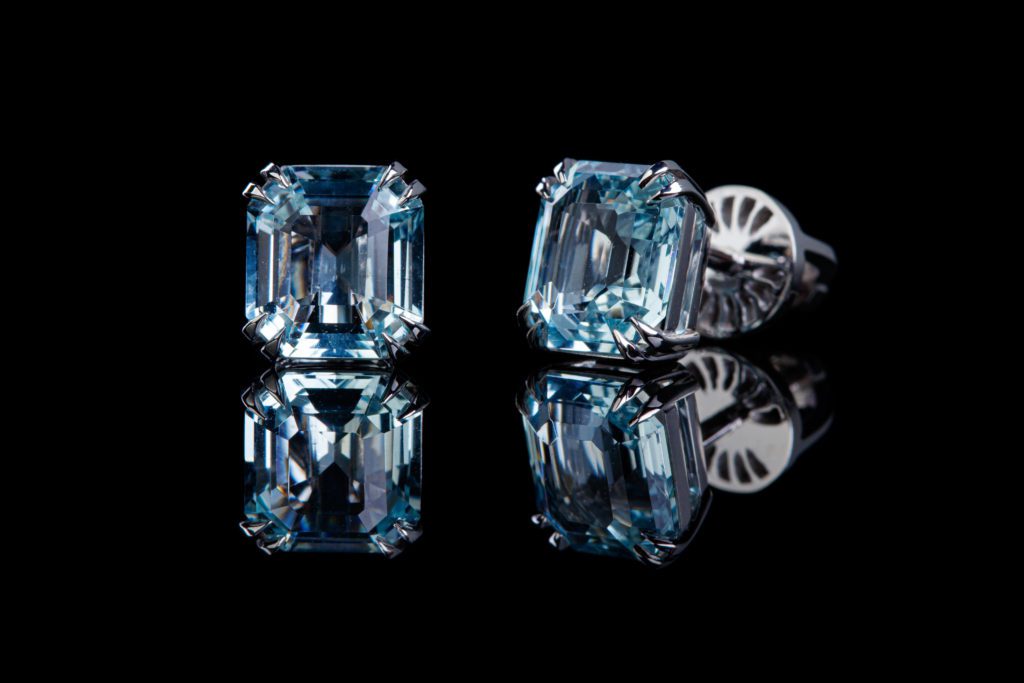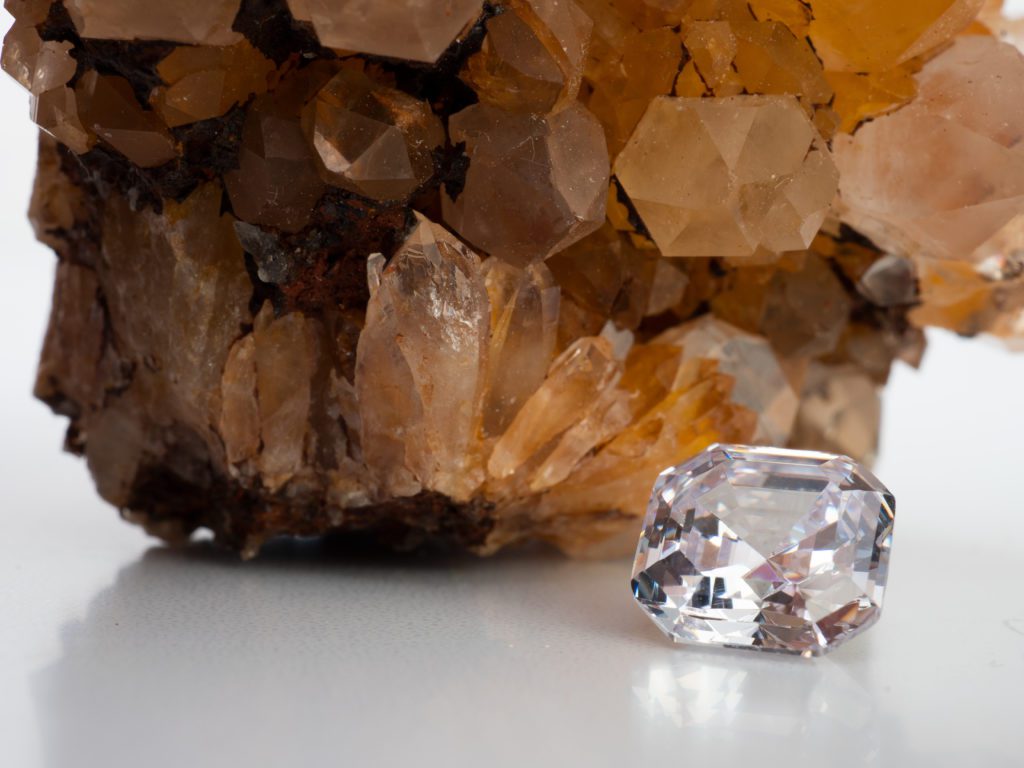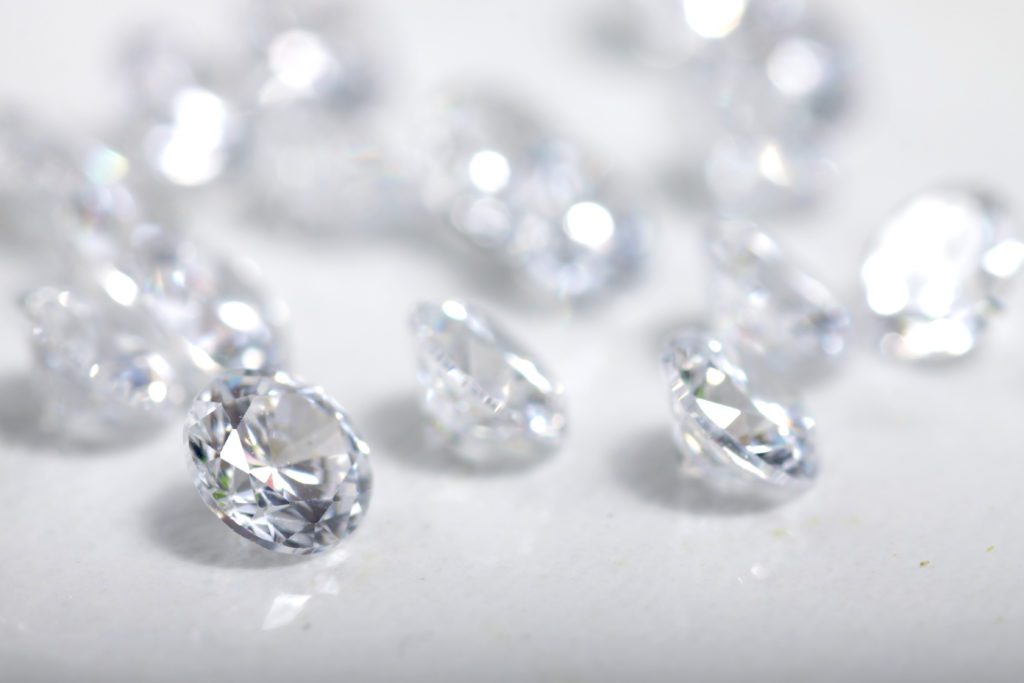In recent years, lab created diamonds in sustainable jewelry, which have revolutionized the world of ethical and sustainable jewelry. These eco-conscious gems offer an alternative to natural diamonds, which are often associated with environmental degradation and human rights violations. Are you curious about how lab created diamonds in sustainable jewelry shape the future of sustainable jewelry? This blog post will delve into the rise of lab-grown diamonds, their benefits, and how to choose the perfect sustainable engagement ring and jewelry.
Short Summary
Lab-created diamonds are conflict-free and ethically sourced, offering superior quality and environmental sustainability.
Leading brands in sustainable jewelry strive to uphold ethical principles while promoting environmental sustainability.
Certification documents should be verified when purchasing lab created diamonds for authenticity and ethical sourcing purposes.
The Rise of Lab Created Diamonds
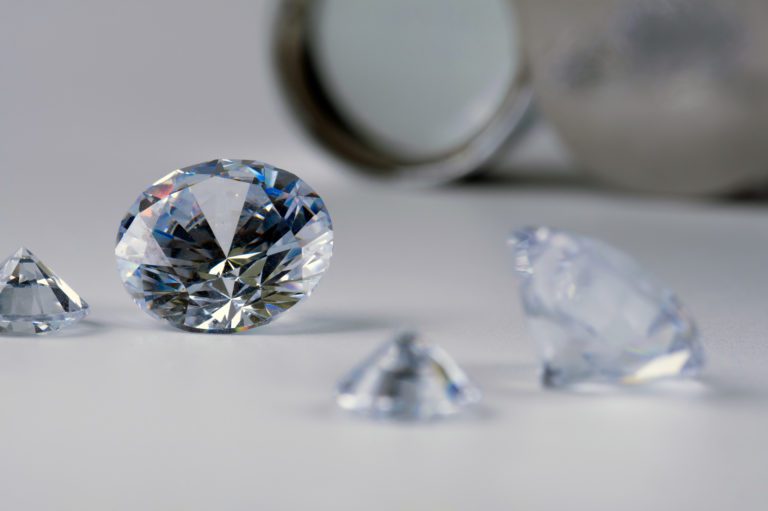
As awareness about the ethical and environmental implications of the diamond industry increases, lab-grown diamonds are becoming an increasingly popular option for engagement rings and other jewelry. These conflict-free stones offer diamonds that are not only ethically sourced, but also offer impressive quality and affordability. With many leading jewelers like James Allen and CustomMade offering lab-created diamonds, it’s never been easier to find the perfect gem for your ethical engagement ring.
The demand for lab-grown diamonds is driven by their ethical and sustainable nature. Unlike natural diamonds, which are often associated with child labor and environmental damage, lab-grown diamonds are created in a controlled environment, ensuring complete peace of mind for the consumer. Additionally, lab-created diamonds can be grown in just a few weeks, making them a more sustainable option compared to the lengthy process of diamond mining.
What are Lab Created Diamonds?
Lab-grown diamonds are chemically, physically, and optically identical to natural diamonds. They are created in a controlled environment using advanced technology, ensuring that these gems are conflict-free and eco-friendly. By offering a sustainable alternative to natural diamonds, lab-created diamonds are becoming increasingly popular in the world of ethical jewelry.
One of the reasons lab-created diamonds are considered ethical is their affordability. Since they are produced in a regulated environment, the cost of production is significantly lower than natural diamonds. This allows for savings of up to 40%, enabling jewelers to use recycled gold and other eco-friendly materials and recycled metals in their jewelry settings.
Why Choose Lab Grown Diamonds?
Choosing lab-grown diamonds is not only an ethical decision, but also practical. They offer superior quality and purity compared to mined rough diamonds, and their known origin ensures they are conflict-free. Moreover, lab-grown diamonds are environmentally superior, as their production process eliminates the need for mining, which is associated with land disturbance, water pollution, and air pollution.
In addition to their ethical and environmental benefits, lab-created diamonds are generally more economical than their mined counterparts. This price difference makes them an attractive option for consumers looking for beautiful, high-quality gems without contributing to human rights violations or environmental degradation.
Sustainable Engagement Rings and Jewelry
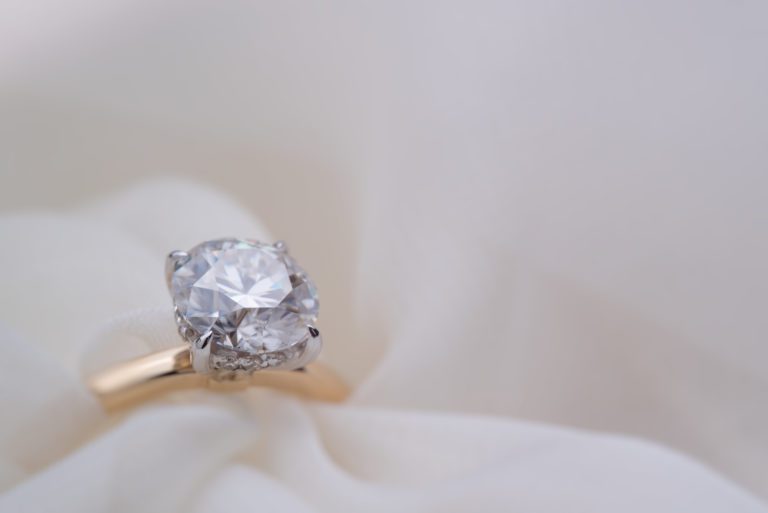
Sustainable engagement rings and jewelry have gained popularity in recent years thanks to ethical diamond alternatives, such as lab-grown diamonds, recycled diamonds, and Canadian diamonds. These options allow consumers to choose jewelry that supports fair labor practices, environmental sustainability, and conflict-free sourcing, making them the perfect choice for those looking to make a positive impact with their purchases.
Companies like MiaDonna are leading the way in providing sustainable jewelry options. They source their diamonds and gold from recycled or lab-grown origins, ensuring their products are ethically sourced and environmentally responsible, avoiding traditional diamond mines and large mining companies.
By choosing ethical engagement rings and sustainable jewelry, you can not only enjoy the beauty of your gems, but also support ethical practices in the diamond industry.
Ethical Diamond Alternatives
There are several ethical diamond alternatives available for those seeking sustainable engagement rings and jewelry. Recycled diamonds, for example, are a viable option that supports environmental sustainability, but is also more economical than Canadian diamonds. MiaDonna’s founder, Anna-Mieke, defines conflict-free diamonds as ethically sourced diamonds to and exceed the dubious industry standards, ensuring they are not associated with conflict diamonds.
By choosing ethical diamonds, you are supporting fair labor practices, environmental stewardship, and conflict-free sourcing. This not only benefits the environment and local communities impacted by diamond mining and diamond trade, but also ensures that your jewelry is free from any negative associations with human rights violations or environmental degradation.
Customizing Your Sustainable Ring
When customizing your sustainable engagement ring or other jewelry, it’s essential to consider the type of ethical diamond alternative and eco-friendly materials you wish to use. Many jewelers offer online customization options, allowing you to select the stone type, shape, and size, as well as the recycled metal type and ring size. Some even offer optional extras to create the perfect ring for your unique style.
To ensure you’re making an informed decision about the materials and design of your sustainable ring, it’s important to research the cost of materials and labor, as well as seek advice from a reputable jeweler. By collaborating with a jeweler that specializes in crafting sustainable jewelry, you can bring your design to fruition while supporting ethical practices and environmental sustainability.
The Supply Chain: Ensuring Ethical Practices
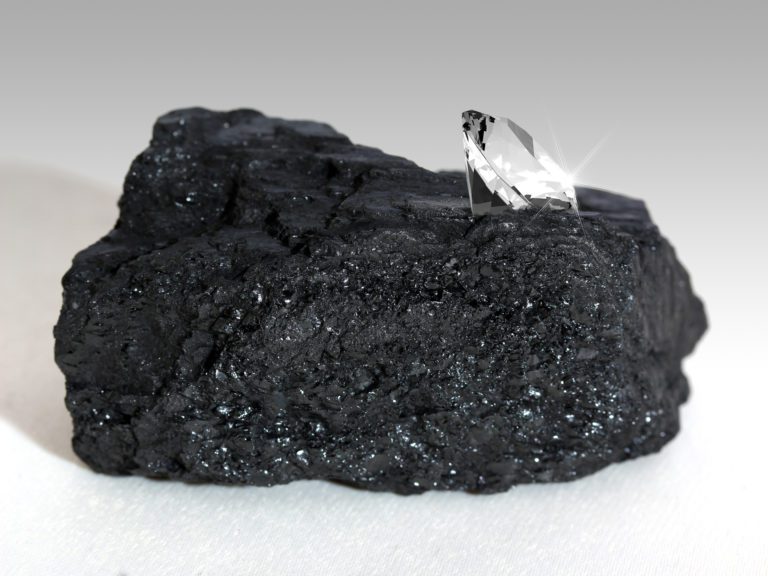
Ensuring ethical practices in the supply chain is crucial when purchasing lab-created diamonds and sustainable jewelry. This involves tracing the origin of lab-grown diamonds, adhering to certifications and standards, and choosing reputable jewelers that prioritize environmental sustainability and fair labor practices. By taking these steps, you can have peace of mind knowing that your jewelry is both beautiful and ethically sourced.
One of the key certifications to look for when purchasing diamonds is the Kimberley Process Certification Scheme (KPCS). This international system guarantees the responsible and ethical sourcing of diamonds, while ensuring that they do not finance conflict or contribute to human rights violations. The Responsible Jewellery Council (RJC) is another global organization that establishes standards for environmentally responsible origins and business practices in the jewelry industry.
Tracing the Origin of Lab Grown Diamonds
Tracing the origin of lab-grown diamonds is vital to ensure that they are ethically sourced and produced. By utilizing a magnifying glass, you can find a laboratory’s laser inscription on the diamond, which indicates its origin. Additionally, you can send the diamond to specialized laboratories, such as GIA and IGI, for certification.
Knowing the origin of your lab-grown diamond is essential for guaranteeing that it is sourced and produced ethically, promoting equitable labor practices and environmental sustainability. It also helps verify that the diamond is of superior quality and free from any negative associations with any conflict zones or human rights violations.
Certifications and Standards
The Kimberley Process is an international certification system that ensures ethical sourcing of diamonds. A diamond certified by the Kimberley Process is one that has been tracked and verified throughout its journey from the mine to the point of sale, guaranteeing it is conflict-free. The US Customs Service enforces the Kimberley Process requirements when diamonds enter American ports. This is in line with United States policy.
Although the Kimberley Process is a crucial step in ensuring ethical sourcing of diamonds, it has some limitations. For example, it does not address the environmental impact of diamond mining or guarantees strict labor laws. Therefore, it is essential to verify additional certifications and standards, such as those set by the Responsible Jewellery Council, when purchasing lab-created diamonds and sustainable jewelry.
Comparing Natural Diamonds and Lab Grown Diamonds
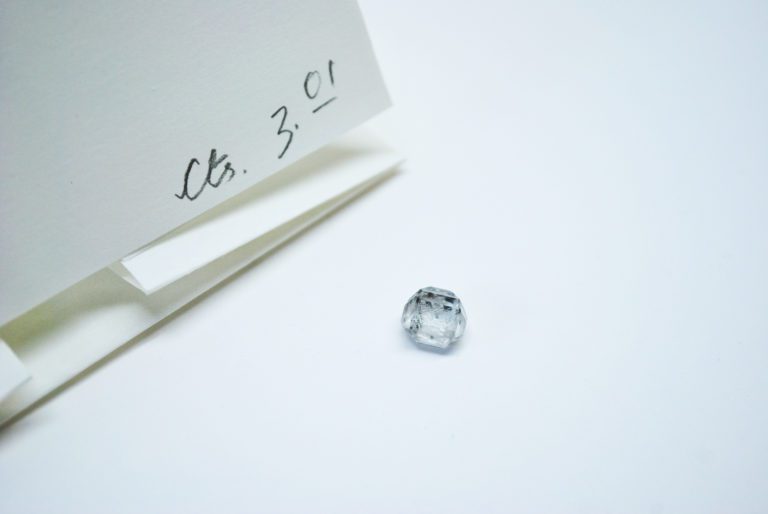
When it comes to quality and appearance, lab-grown diamonds are virtually identical to natural diamonds. They are more affordable, making them an attractive alternative for those looking for ethical and sustainable jewelry. While natural diamonds are formed through a natural process over an extended period in the Earth’s subsurface, lab-grown diamonds are created in a laboratory using high-pressure and high-temperature or chemical vapor deposition techniques.
The affordability of lab-grown diamonds is one of their greatest advantages. They can be up to 70% less expensive than natural diamonds, providing a more budget-friendly option for consumers. This price difference also allows the use of recycled gold and other eco-friendly materials in jewelry settings.
Price Differences
Lab-grown diamonds are generally more economical than their mined counterparts, which makes them an attractive option for consumers looking for beautiful, high-quality gems without the hefty price tag. The cost of lab-grown diamonds is influenced by factors such as the dimensions, shape, hue, and clarity of the diamond, as well as the quality of the cut.
To get the best prices for lab-grown diamonds, it’s important to shop around, compare different vendors, and look for discounts or promotions. By doing your research and being diligent about finding the best deals, you can enjoy the beauty and quality of lab-grown diamonds without breaking the bank.
Quality and Appearance
Natural diamonds and lab-grown diamonds may have extremely subtle differences, but these can only be detected by experienced gemologists. Visually, there are no discernible distinctions in quality and appearance between the two. Both types of diamonds can possess the same physical and chemical properties, as well as the attribute of being colorless or near colorless.
Due to their identical properties and appearance, lab-grown diamonds are becoming increasingly popular in ethical and sustainable jewelry. They offer consumers a beautiful, high-quality option that supports fair labor practices, environmental sustainability, and conflict-free sourcing, making them an excellent alternative to natural diamonds.
Leading Brands in Sustainable Jewelry
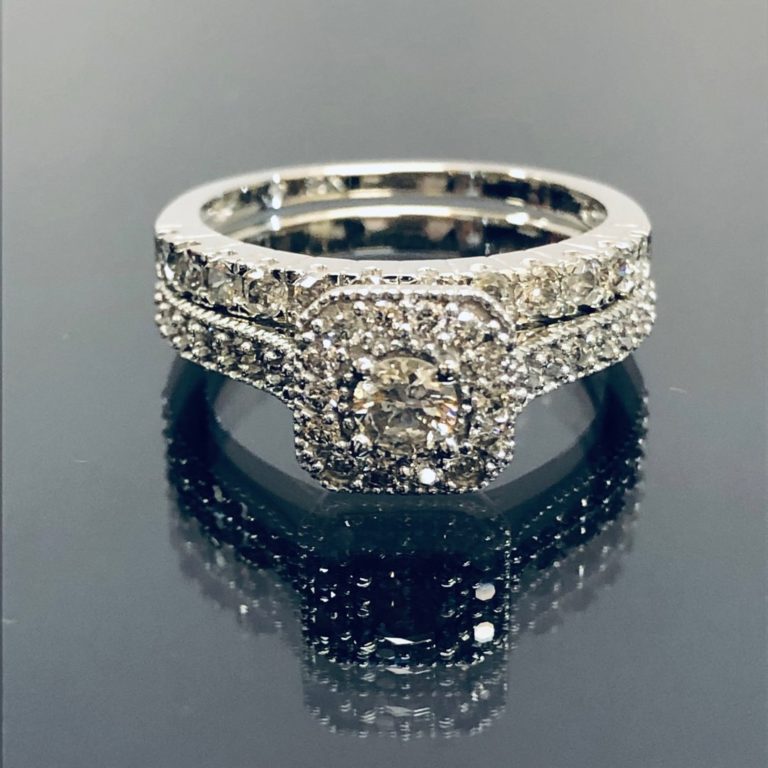
Several leading brands in sustainable jewelry, such as MiaDonna and Blue Nile, offer a range of ethical diamond alternatives and customizable options for consumers. These companies are committed to upholding ethical sourcing principles, promoting environmental sustainability, and ensuring fair labor practices, making them the perfect choice for those looking to make a positive impact with their jewelry purchases.
By choosing one of these reputable brands, you can enjoy the beauty and quality of lab-created diamonds and sustainable jewelry, while supporting ethical practices in the diamond industry. Their commitment to environmental sustainability and fair labor practices ensures your jewelry is beautiful, but also has a positive impact on both the environment and the communities affected by diamond mining.
Brand Profiles
Leading brands in sustainable jewelry, such as Brilliant Earth, MiaDonna, and Diamond Foundry, are committed to upholding ethical sourcing principles, promoting environmental sustainability, and ensuring fair labor practices. By offering a wide range of ethical diamond alternatives and customizable options, these companies can cater to the needs and preferences of a diverse clientele, while staying true to their commitment to ethical mining practices and environmental sustainability.
When choosing a brand for your sustainable jewelry purchase, it’s important to research their brand profile and ensure they align with your values and priorities. Look for a company with a strong commitment to ethical sourcing, environmental sustainability, and fair labor practices, as well as a reputation for quality and craftsmanship. By doing so, you can feel confident that your purchase supports a company that shares your vision for a more ethical and sustainable future.
Customer Reviews
Customer reviews provide valuable insight into the quality, appearance, and satisfaction of purchasing lab-created diamonds and sustainable jewelry. Many customers have praised the quality and appearance of lab-grown diamonds, as well as the affordability and ethical sourcing of these gems. Additionally, customers have commended the customer service and support provided by leading brands in sustainable jewelry.
When considering a purchase of lab-created diamonds or sustainable jewelry, it’s essential to read customer reviews and gather as much information as possible about the product and the company. This will not only help you make an informed decision, but also ensure that you are supporting a brand that truly values ethical practices and environmental sustainability.
Tips for Purchasing Lab Created Diamonds
When purchasing lab-created diamonds, it’s important to find a reputable jeweler, such as R&J Jewelry and Loan, and verify the certification and documentation of the diamonds to ensure ethical sourcing and quality. By doing so, you can have peace of mind knowing that your jewelry is both beautiful and ethically sourced, and that you are supporting fair labor practices and environmental sustainability.
To ensure you are purchasing genuine lab-created diamonds, it’s essential to verify the certification and documentation provided by the jeweler. This includes checking for certifications, such as the Kimberley Process certification, which guarantees the diamonds are conflict-free and ethically sourced. By taking these steps, you can enjoy the beauty and quality of lab-created diamonds, while also supporting ethical practices in the diamond industry.
Finding a Reputable Pawn Shop Like R&J Jewelry and Loan

Finding a reputable jeweler is crucial when purchasing lab-created diamonds, as it ensures that the diamonds are ethically sourced, conflict-free, and of high quality. There are several ways to research reviews of pawn shops in your area, such as using websites like Yelp and Google Reviews, or seeking recommendations from friends, family, or colleagues who have had positive experiences with pawn shops.
When visiting the websites of pawn shops, it’s important to explore their services, policies, and customer testimonials to better understand their reputation and the quality of their offerings. By selecting a pawn shop that suits your individual needs and preferences to purchase diamonds, you can feel confident that your lab-created diamonds are ethically sourced and of superior quality.
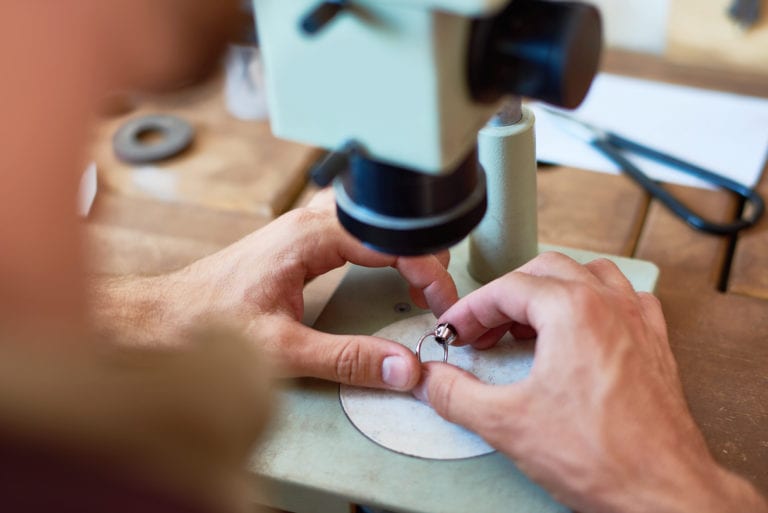
R&J Jewelry and Loan, located in San Jose, CA, is an honest pawn shop to sell or pawn your diamonds. Whether you have natural diamonds or lab created ones. With four decades of experience, they are your trusted, family owned and operated pawn shop in the area. Offering honest, transparent diamond appraisals, they are your go-to option when you’re considering buying or pawning your precious stones. Stop by their store in San Jose today and see for yourself what makes our experience different from all the others.
Verifying Certification and Documentation
Verifying certification and documentation, such as the Kimberley Process certification, is essential when purchasing lab-created diamonds. This helps guarantee the ethical sourcing and quality of the diamonds, ensuring they are conflict-free and responsibly sourced. By utilizing digital signature verification tools and directly contacting the issuing organization or certification body, you can acquire official verification and ensure the authenticity of the certificate.
In addition to verifying the certification and documentation, it’s also important to validate the document integrity and signature validity, if applicable. By using document verification services, you can ensure that your lab-created diamonds are genuine and ethically sourced. This not only provides you with peace of mind, but also supports fair labor practices and environmental sustainability in the diamond industry.
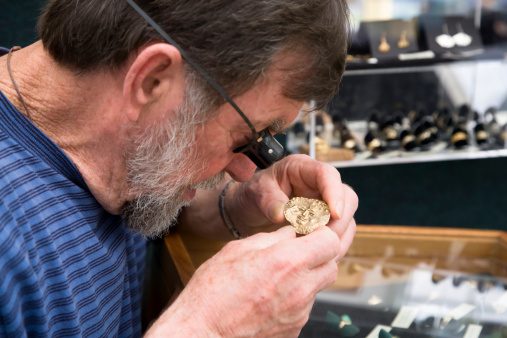
When you shop at R&J Jewelry and Loan, you can get more for your diamond jewelry if they have a certificate. They pay premium prices for GIA and EGL certified natural diamonds. They will give them an appraisal, no matter what condition your jewelry is in and offer you a fair price. Whether your jewelry is new, old, broken, or damaged, the team at R & J Jewelry & Loan pawn shop prides itself on being able to exchange your diamonds, emeralds, rubies, sapphires, and much more for cash.
Summary
In conclusion, lab-created diamonds offer an ethical and sustainable alternative to natural diamonds, making them an increasingly popular choice for engagement rings and jewelry. With their affordability, quality, and commitment to ethical sourcing, lab-grown diamonds are reshaping the future of the diamond industry for the better. By choosing lab-created diamonds and sustainable jewelry from reputable brands, you can not only enjoy the beauty of your gems, but also support ethical practices and environmental sustainability.
As you embark on your journey to find the perfect lab-created diamond or sustainable diamond jewelry or piece, remember to prioritize ethical sourcing, environmental sustainability, and fair labor practices. By doing so, you can make a positive impact on both the environment and the communities affected by diamond mining, while still enjoying the timeless beauty of diamonds.
Frequently Asked Questions
Are lab created diamonds eco-friendly?
Lab-created diamonds are not mined from the Earth, but instead grown in laboratories with technological processes. They have identical chemical and physical properties as naturally formed diamonds, making them eco-friendly and with no impact on the Earth.
These diamonds are also more affordable than mined diamonds, making them a great choice for those looking for a beautiful diamond without breaking the bank. They are also conflict-free, meaning they are free of conflict.
Why are jewelers against lab diamonds?
Jewelers are against lab diamonds because they do not retain value over time and lack the same romance of natural diamonds, without necessarily providing environmental benefits.
Lab diamonds are not seen as a viable alternative to natural diamonds, as they do not have the same emotional value or potential for appreciation. Furthermore, they do not necessarily provide any environmental benefits.
Can a jeweler recognize a lab created diamond?
Professional jewelers and gemologists cannot distinguish between a lab created diamond and a natural one without a microscope. With it, they can look for differences in its inclusions that indicate its formation.
Lab created diamonds are becoming increasingly popular due to their affordability and ethical production. They are also chemically and optically identical to natural diamonds, making them indistinguishable from antique diamonds to the naked eye. This makes them a great choice.
Are lab created diamonds considered real diamonds?
Lab-grown diamonds share the same optical, physical, and chemical properties as mined diamonds, and are considered real by the Federal Trade Commission (FTC). Synthetic diamonds have identical chemical and physical properties to earth-mined diamonds, and exhibit the same fire, scintillation, and sparkle.
Therefore, many diamonds and lab created diamonds can be considered real diamonds.
What are the main benefits of lab-grown diamonds?
Lab-grown diamonds offer ethical and environmental benefits, as well as greater affordability than natural diamonds, making them a desirable choice for jewelry.
These diamonds are created in a laboratory, using advanced technology to replicate the conditions in which natural diamonds form. This process is much more efficient and cost-effective than mining for natural diamonds, and it does not have the same environmental impact.
